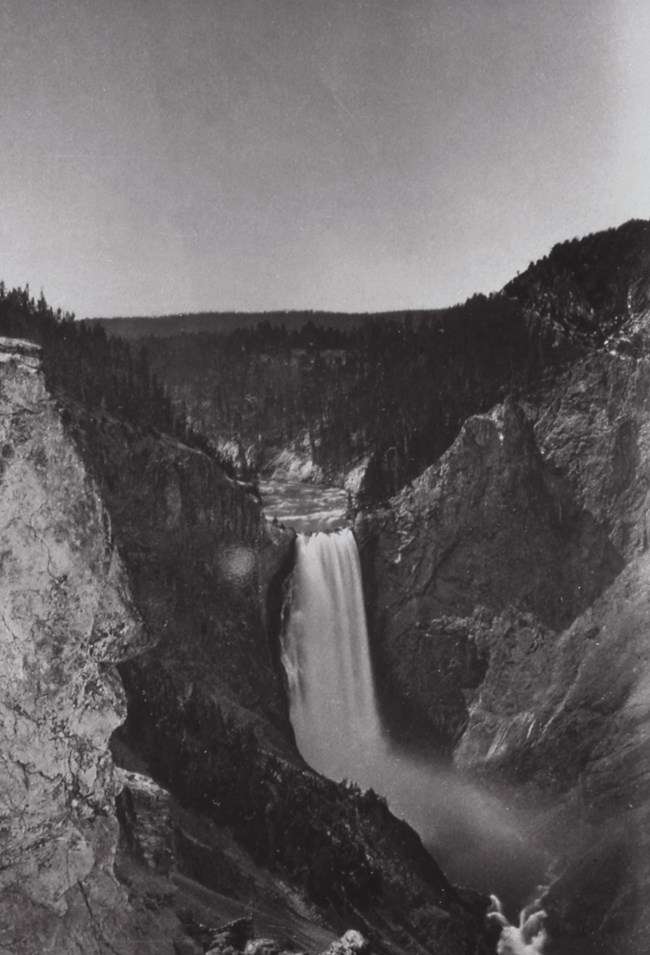Last updated: May 23, 2018
Article
Depicting the American West
You may have heard of Samuel Wilson, the 18th-century New York meatpacker who is credited with imagining the great American symbol of Uncle Sam, but have you heard of his great-great nephew William Henry Jackson? Born in 1843, William Henry Jackson was an American artist and explorer whose paintings and photographs immortalized some of the most famous images of the American West.

Photo credit: William Henry Jackson
The photography of William Henry Jackson became a vital component of the American conservation movement. From 1870 to 1878, Jackson held the prestigious position of official photographer for the U.S. Geological and Geographical Survey of the Territories. During those eight years, he traveled extensively in the American Northwest and photographed its natural wonders. His photographs in 1871 of the area in Wyoming that would eventually be designated Yellowstone, one of our first national parks, were essential in convincing Congress and the American people that the area was worth protecting.
Following the success of his Yellowstone photos, Jackson went on to create stunning photographs of the Teton Range in the area that would become Grand Teton National Park and of the remote and one-of-a-kind cliff dwellings located in what is now Mesa Verde National Park.
Through his photography, Jackson was able to share images of areas that were traditionally quite hard to access. At the time when Jackson took his photographs of the American West, the majority of the country’s population lived in urban centers in the East. The depictions of Yellowstone that Jackson crafted showed a land ready to explore and demonstrated to Congress that its wonders were worth protecting and preserving.
